Alameda Gibraltar Botanical Gardens. Beautiful gardens, Mediterranean and African flora with shady spots to sit and contemplate
By Nick Nutter | Updated 15 Mar 2022 | Gibraltar | Places To Go |
Login to add to YOUR Favourites or Read Later
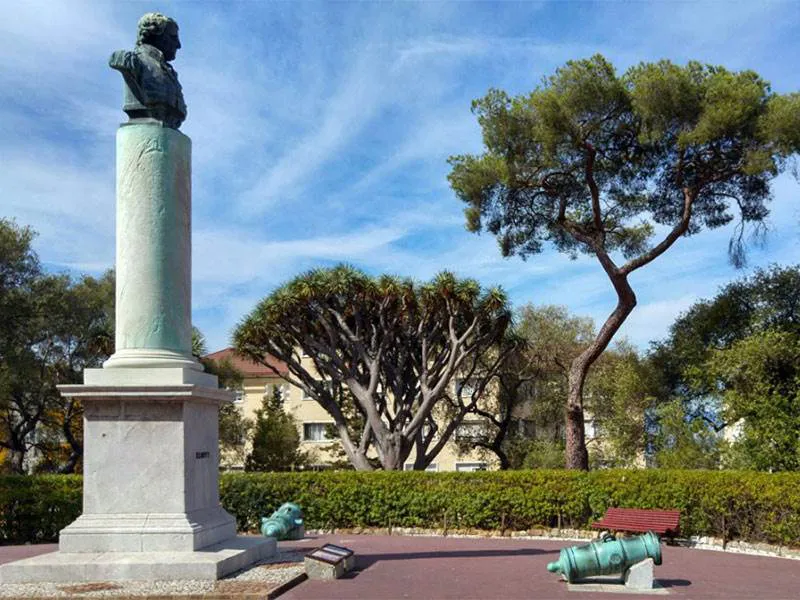
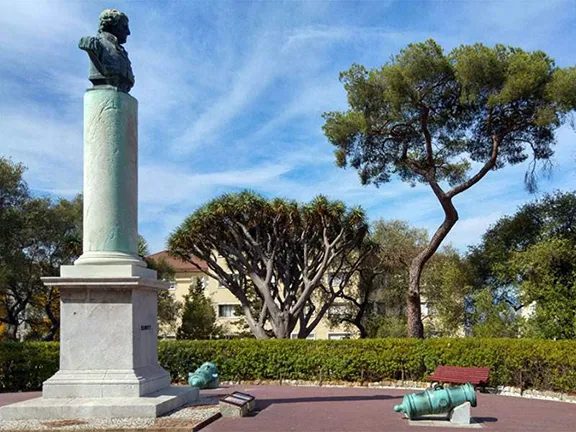
General Eliott
The Alameda Gardens were established in 1816 by the Commander Lieutenant Governor Sir George Don to provide the public with a place of relaxation.
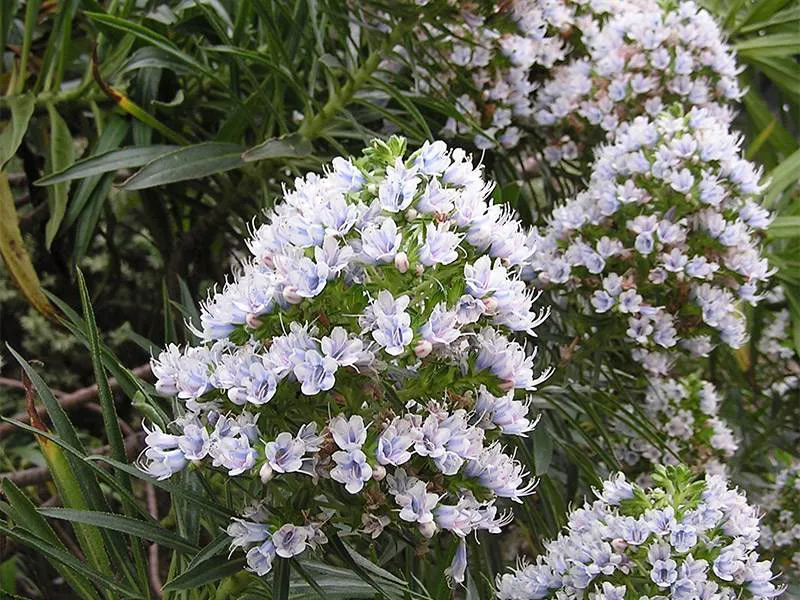
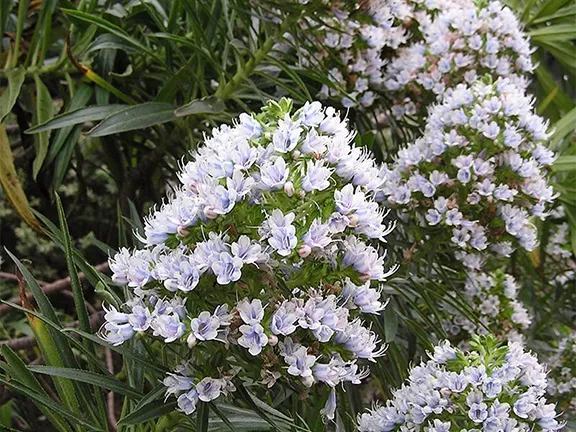
The Alameda Gardens, Gibraltar
The gardens are laid out with interconnecting paths, water features and terraced beds formed from the local Jurassic limestone. At path junctions and other strategic places, you will find guns and artillery, commemorating Gibraltar’s military heritage. At the entrance are two of the four Russian cannon given to Gibraltar by Britain, for Gibraltar’s help during the Crimean War, in 1858.
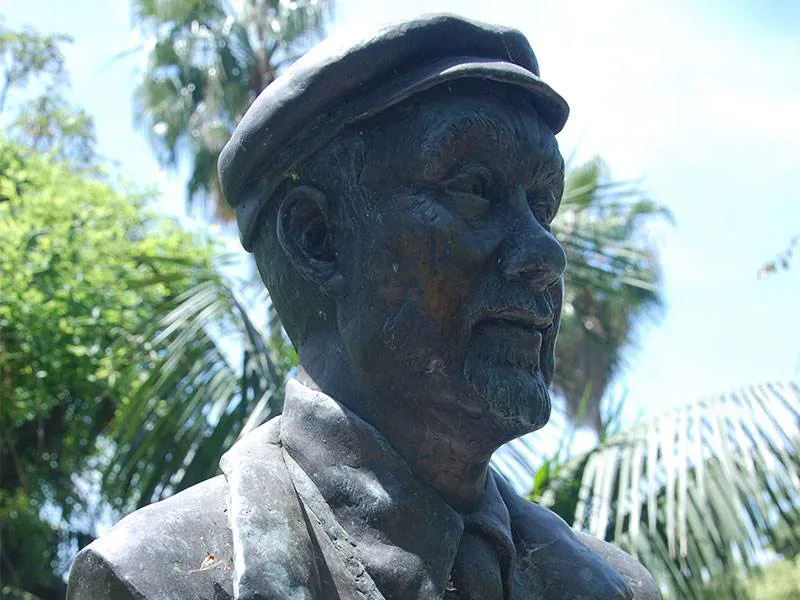
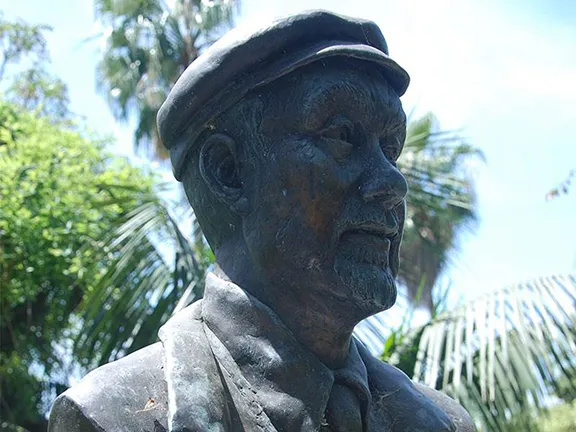
Giuseppe Codali
In pride of place, atop a limestone column as you enter the gardens from the Alameda car park, is a bust of George Augustus Eliott, 1st Baron Heathfield, PC, KB. In 1777, Lieutenant-General Eliott was appointed Governor of Gibraltar and was promoted to full General in 1778. The following year Gibraltar was besieged by Spanish and French troops. The siege lasted until 1783 when the French and Spanish admitted defeat. Eliott was credited, quite rightly, with holding the British forces together and maintaining morale and his leadership qualities in actions such as the ‘defeat of the floating batteries’. He was invested as a Knight of the Bath immediately after what became known as ‘The Great Siege’.
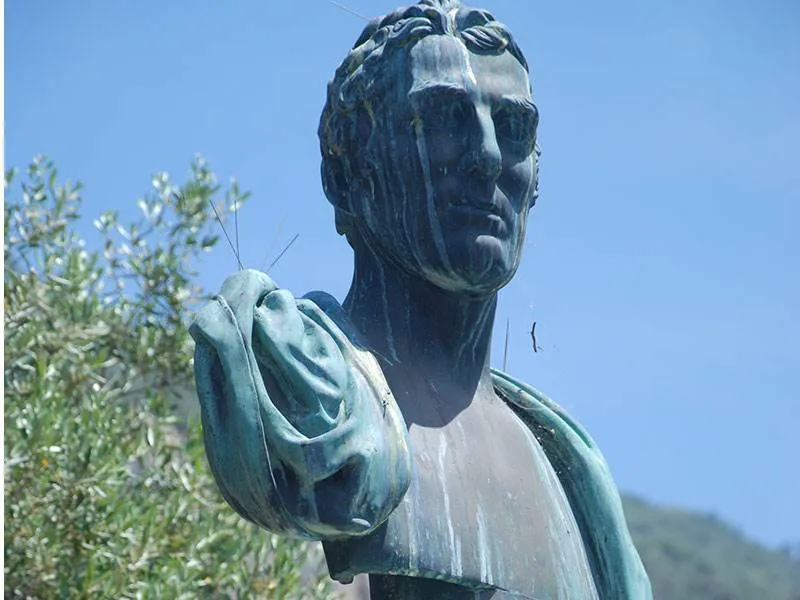
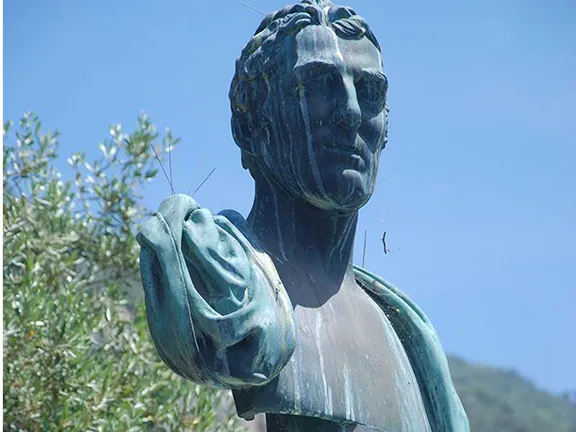
Wellington
Arthur Wellesley, 1st Duke of Wellington, KG, GCB, GCH, PC, FRS is also honoured. His bust looks west over the Naval Dockyard. Wellington was instrumental in throwing the French out of Spain during the Peninsular War. His actions during the Battle of Vitoria in 1813 where he commanded a combined Spanish, Portuguese and British forces against the French army led by Joseph Bonaparte and Marshal Jean-Baptiste Jourdan earned him his promotion to Field Marshal. Following the battle many British soldiers looted the French baggage train of over one million pounds worth of booty, well over one hundred million pounds today, causing Wellington to write his famous line, “We have in the service the scum of the earth as common soldiers”. He later, famously, defeated Napoleon at Waterloo. After his military career, Wellington went into politics and was Prime Minister from 1828 to 1830. In 1834 William IV dismissed the Whigs by a political coup, summoning the duke to form a ministry, but the 65-year-old duke replied that Peel must be prime minister. He was nominally Prime Minister for a little under one month making this the shortest prime ministership in Great Britain. Most quiz masters do not recognise Wellington and nominate George Canning as the shortest serving Prime Minister, April to August 1827.
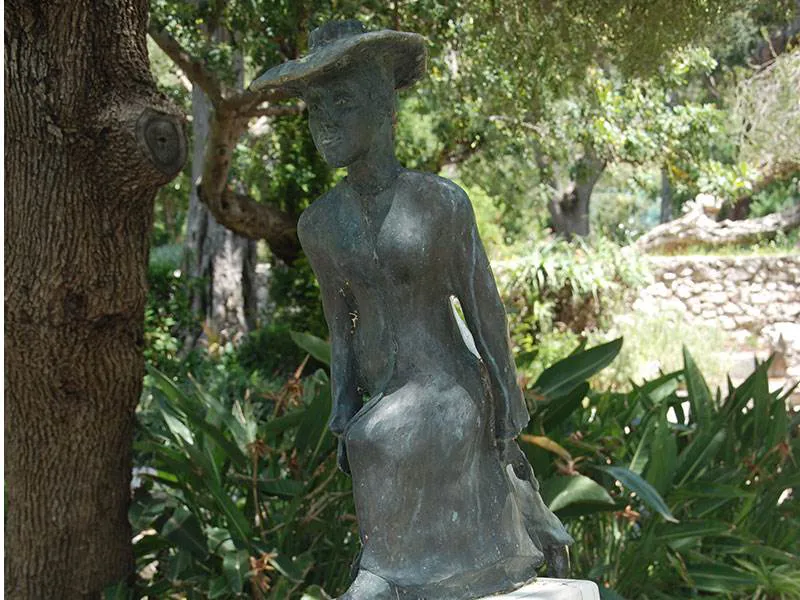
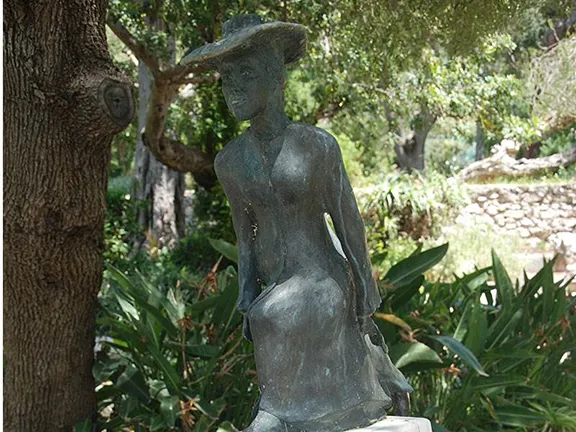
Molly Bloom
Visitors may wonder at the statue of Molly Bloom and her association with Gibraltar. Molly was a fictional character in James Joyce’s ‘Ulysses’. Gibraltar is one of the Pillars of Hercules to which Odysseus (Roman Ulysses), sailed. The 1922 novel is about a very dreary, dull, post-war Dublin. In the last pages of the book Molly gives a breathless soliloquy, recalling her days in Gibraltar, ‘the sea crimson sometimes like fire and the glorious sunsets and the fig trees in the Alameda gardens… and the rose gardens and the jessamine [sic] and geraniums and cactuses…”, giving a hopeful splash of colour and hope of a brighter future.
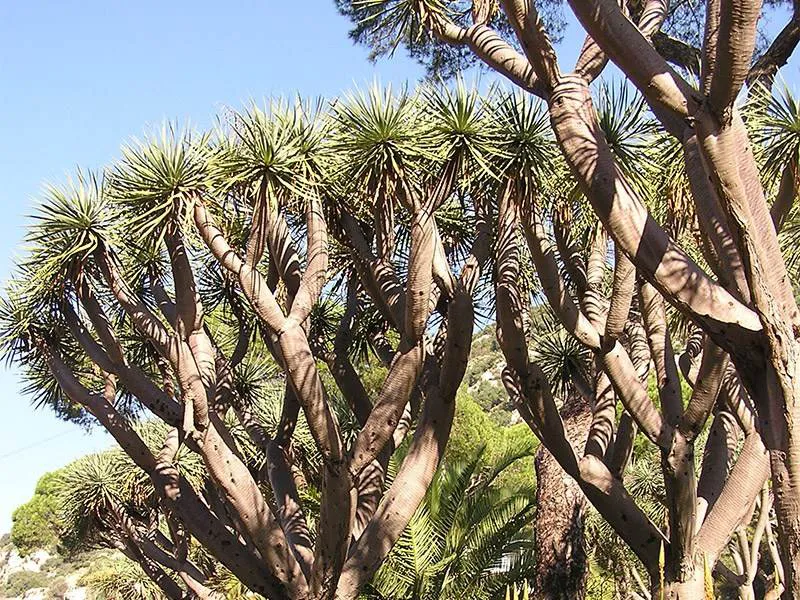
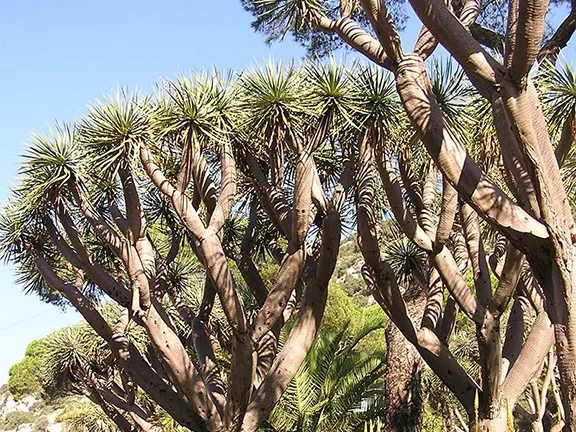
The Alameda Gardens, Gibraltar
In the mid-19th Century, the Italian Giuseppe Codali designed ‘The Dell’, an Italianate style garden that is best viewed from the wisteria covered bridge above. The Dell is often the setting for wedding photographs with the exceptionally beautiful large flowered hibiscus in the background or the two Lord Howe Island Palms that were donated to the gardens in 1941 by an elderly lady on the eve of her evacuation during WWII.
From 1973 the gardens fell into a state of disrepair and languished for almost twenty years.
The Gibraltar Botanic Gardens Project started in 1991. It aims to restore the aesthetic beauty and interest of the Alameda for the benefit of visitors to the gardens. The impressive remit includes establishing a living collection representative of Gibraltar and its hinterland and displaying a collection of plants from Mediterranean climatic zones around the world. The project aims to contribute towards the conservation of the flora of Gibraltar and its hinterland and establish a collection of succulents from around the world. An active educational programme contributes towards the dissemination of information about plants, their economic value and their conservation.
As you wander around the Alameda, you will find continually changing vistas punctuated by the famous Dragon Trees. The Dragon Tree comes from the Atlantic Islands of the Canaries, Madeira and Cape Verde. It is a member of the lily family, not a tree at all. The red resin, known as Dragon’s Blood, crystallises and was used medicinally. The smooth grey bark is reminiscent of an elephant’s hide. Its panicles of showy white flowers appear irregularly in summer and produce bright orange berry-like fruit in winter. The oldest dragon tree in the gardens is probably about 300 years old, predating the gardens themselves. How they arrived there is a mystery. They will be there long after we depart this world, they are reputed to live for 1000 years.
The gardens are also packed with wildlife, helped by the fact that only in extremis are pesticides and herbicides used in the Alameda. Birds that nest in the garden include Blackcaps and Sardinian Warblers. Hoopoes pass through in spring and autumn. In winter Booted Eagles have been known to hunt in the gardens whilst kestrels can be seen all year. Reptiles include the harmless Horseshoe Whip Snake and the Moorish Gecko but it is the smallest mammals that thrive here. The Pipistrelle Bat is the most common and is sometimes about in the morning and late afternoons while the gardens are open. At night it is the turn of Schreiber’s Bat and the European Free-tailed Bat, fleeting shadows, flitting between the trees in a frantic search for airborne moths.
For opening times of the Gibraltar Botanical Gardens, click here